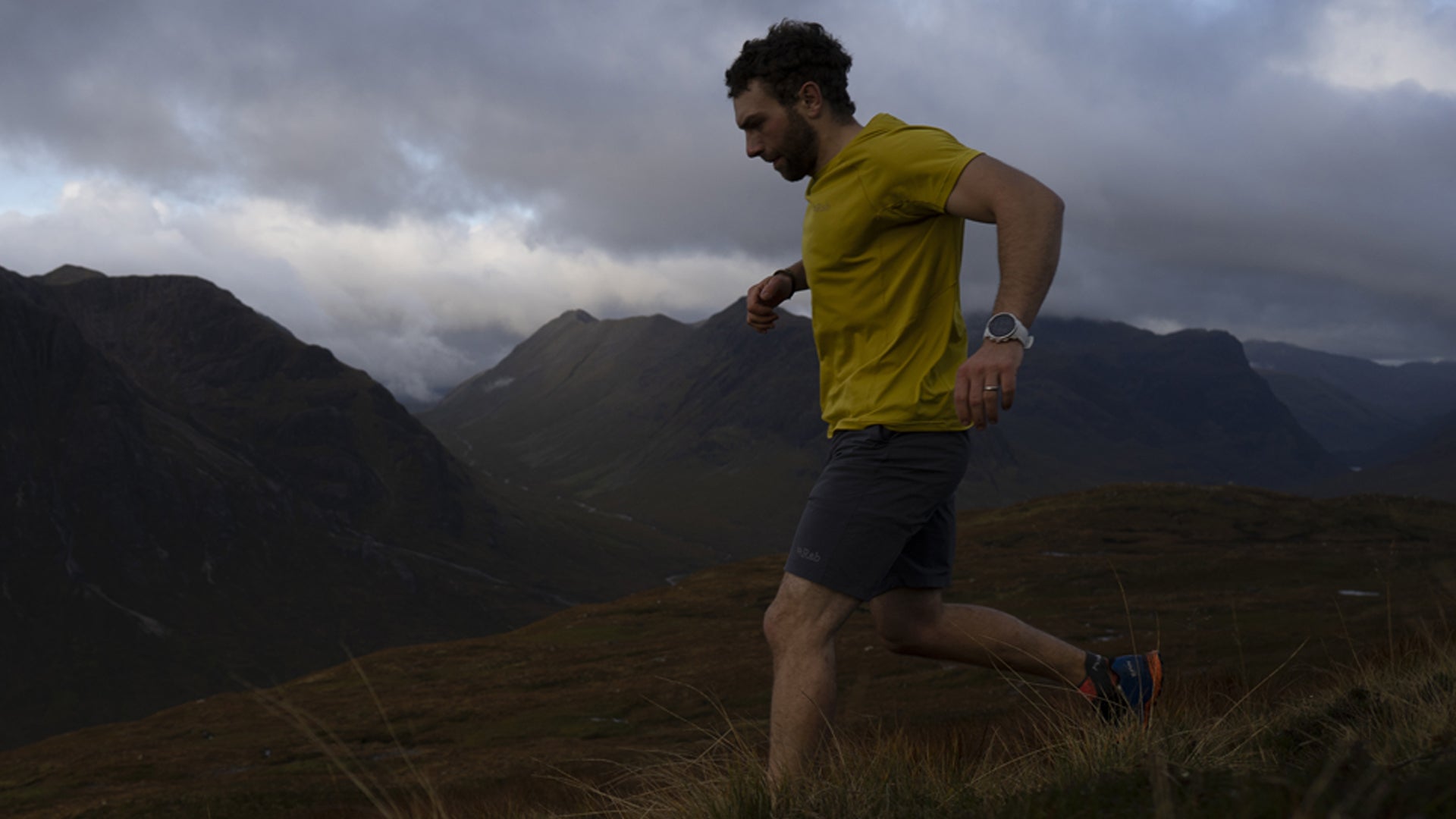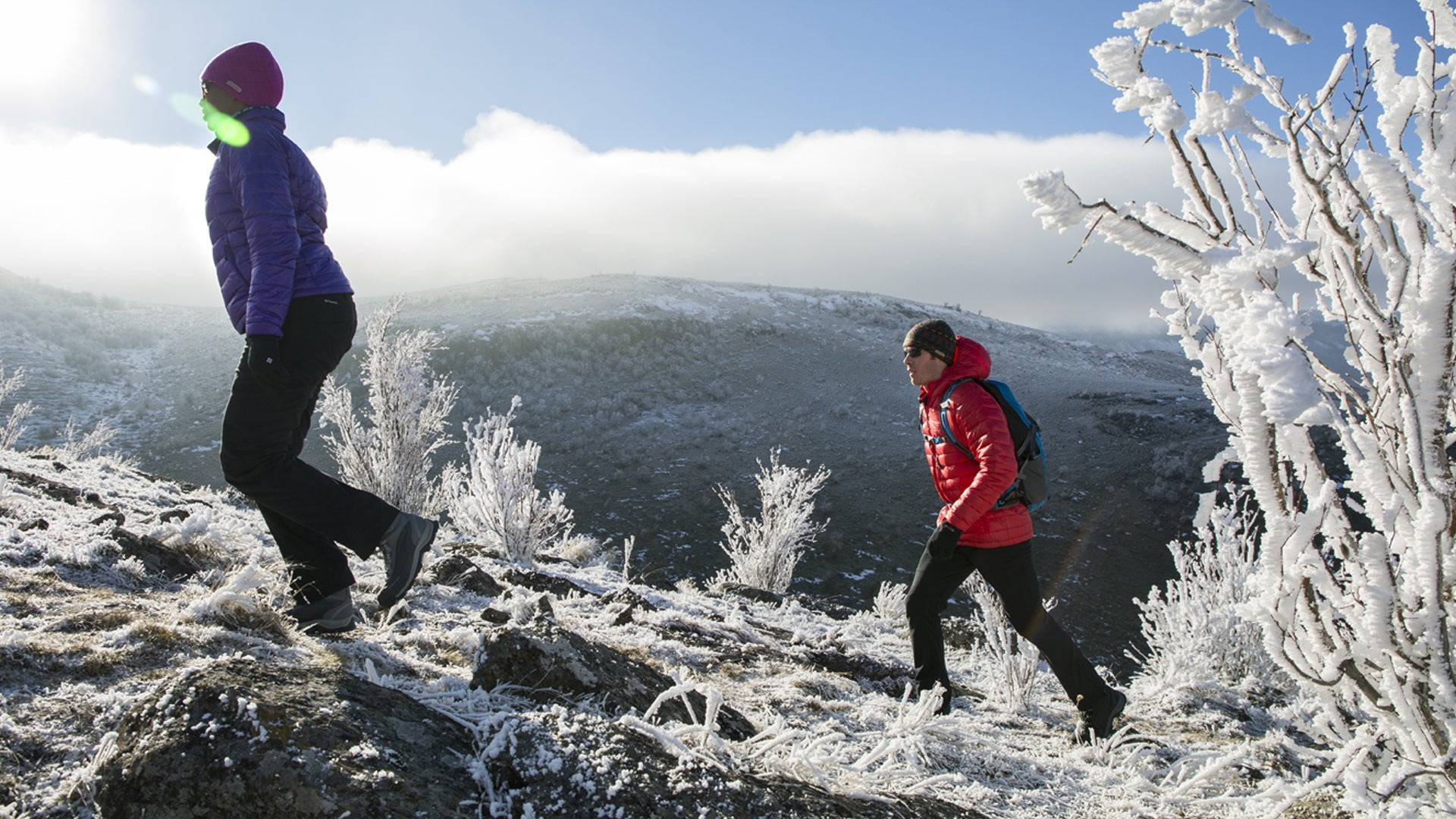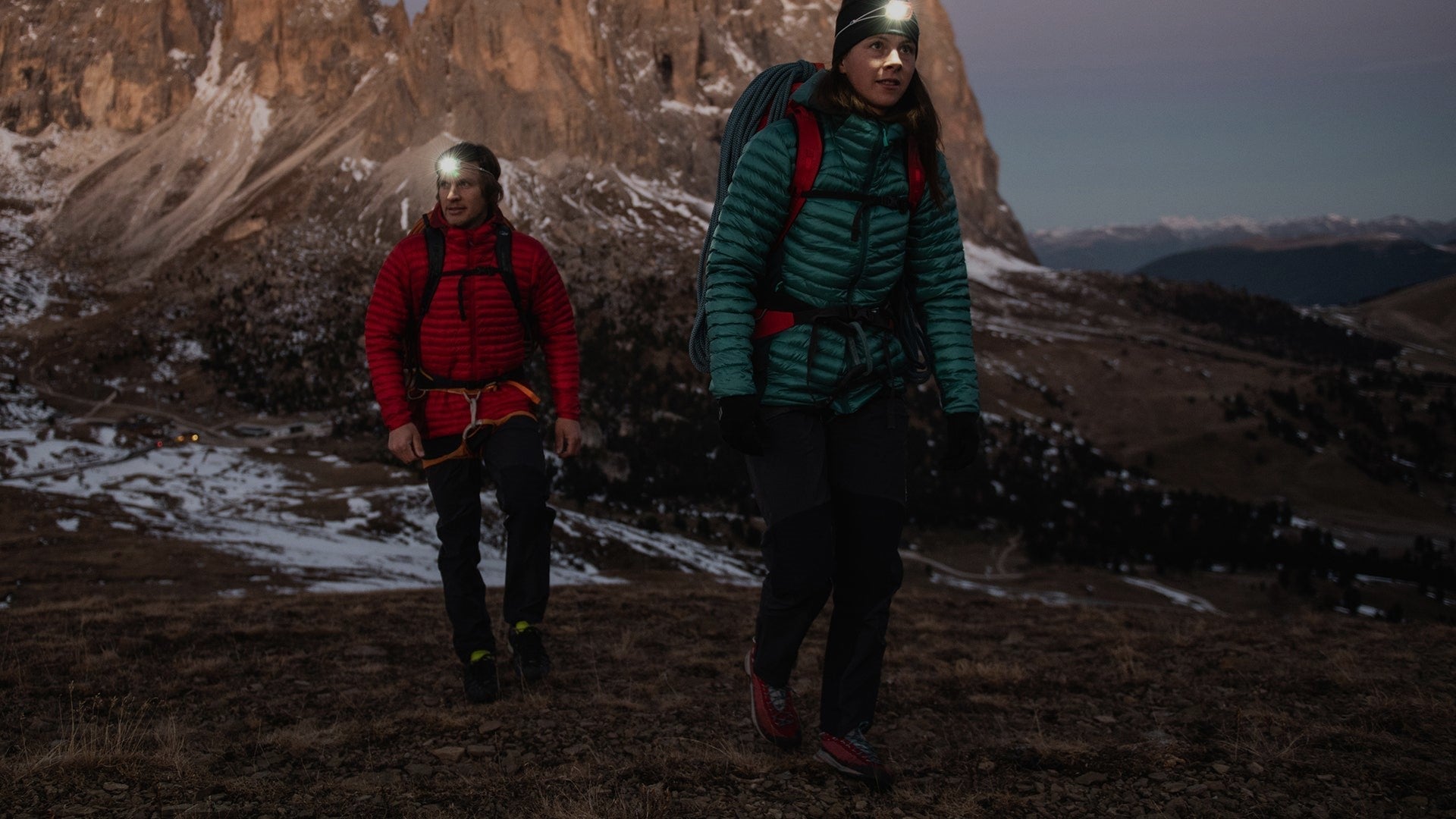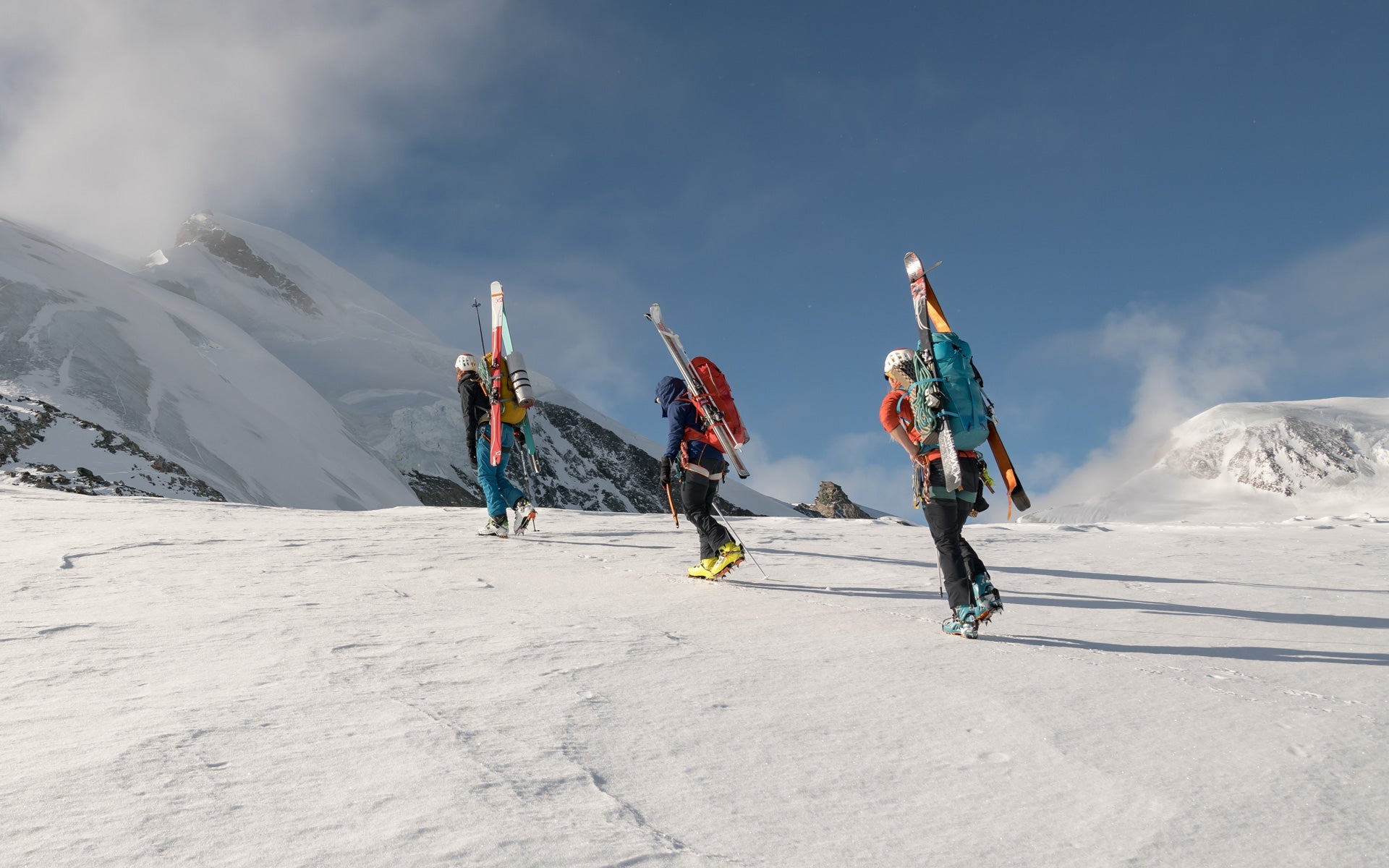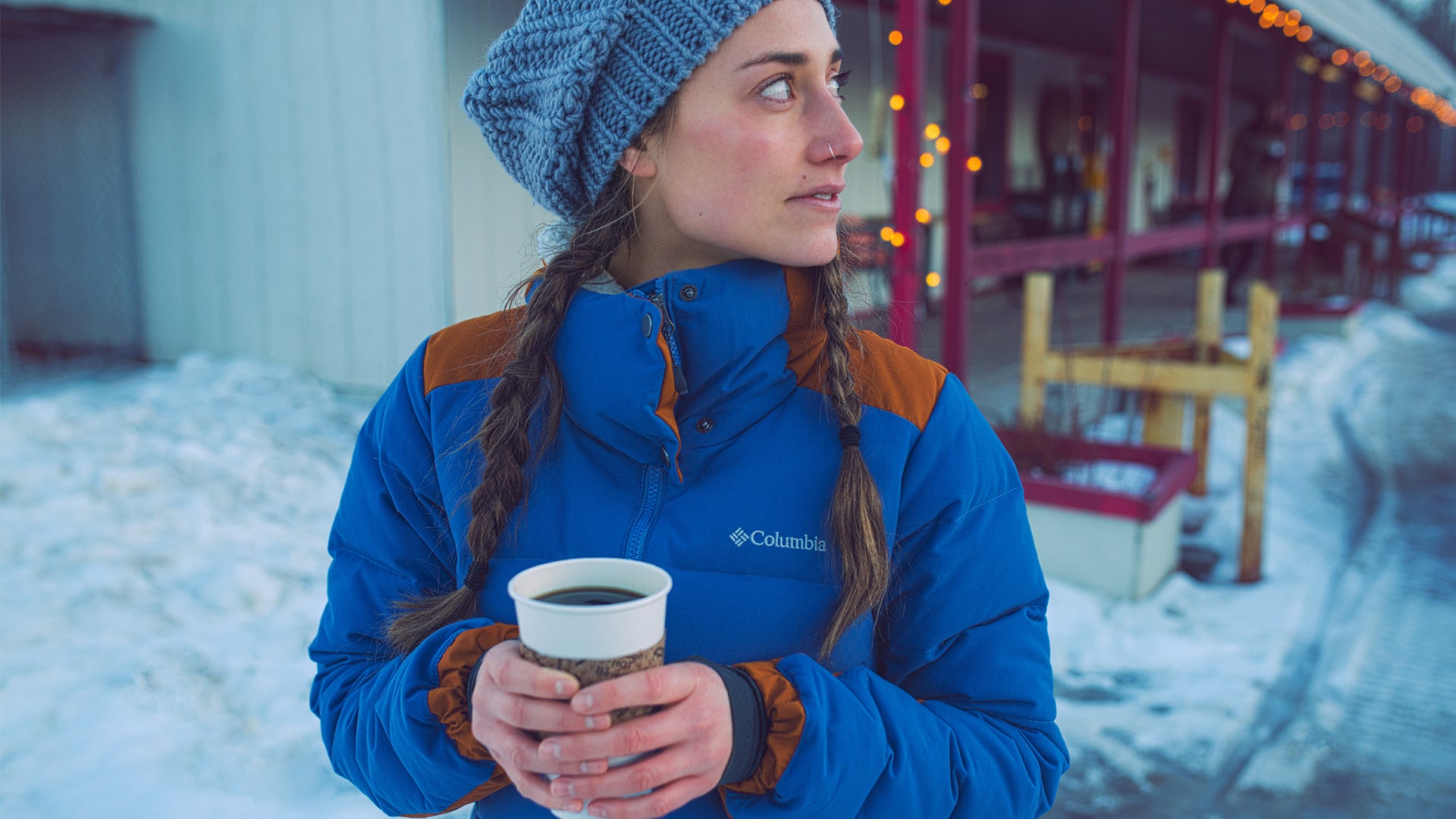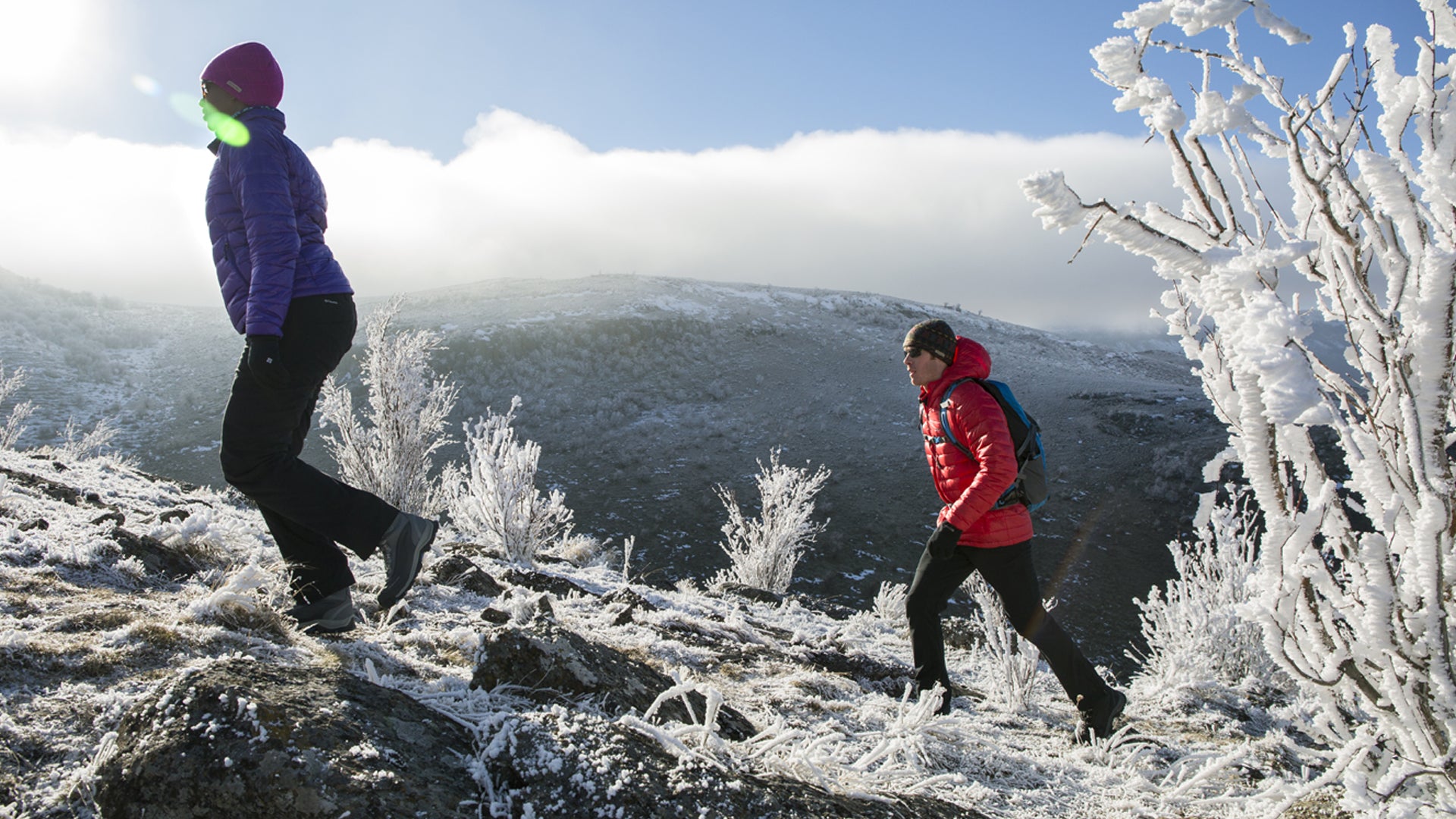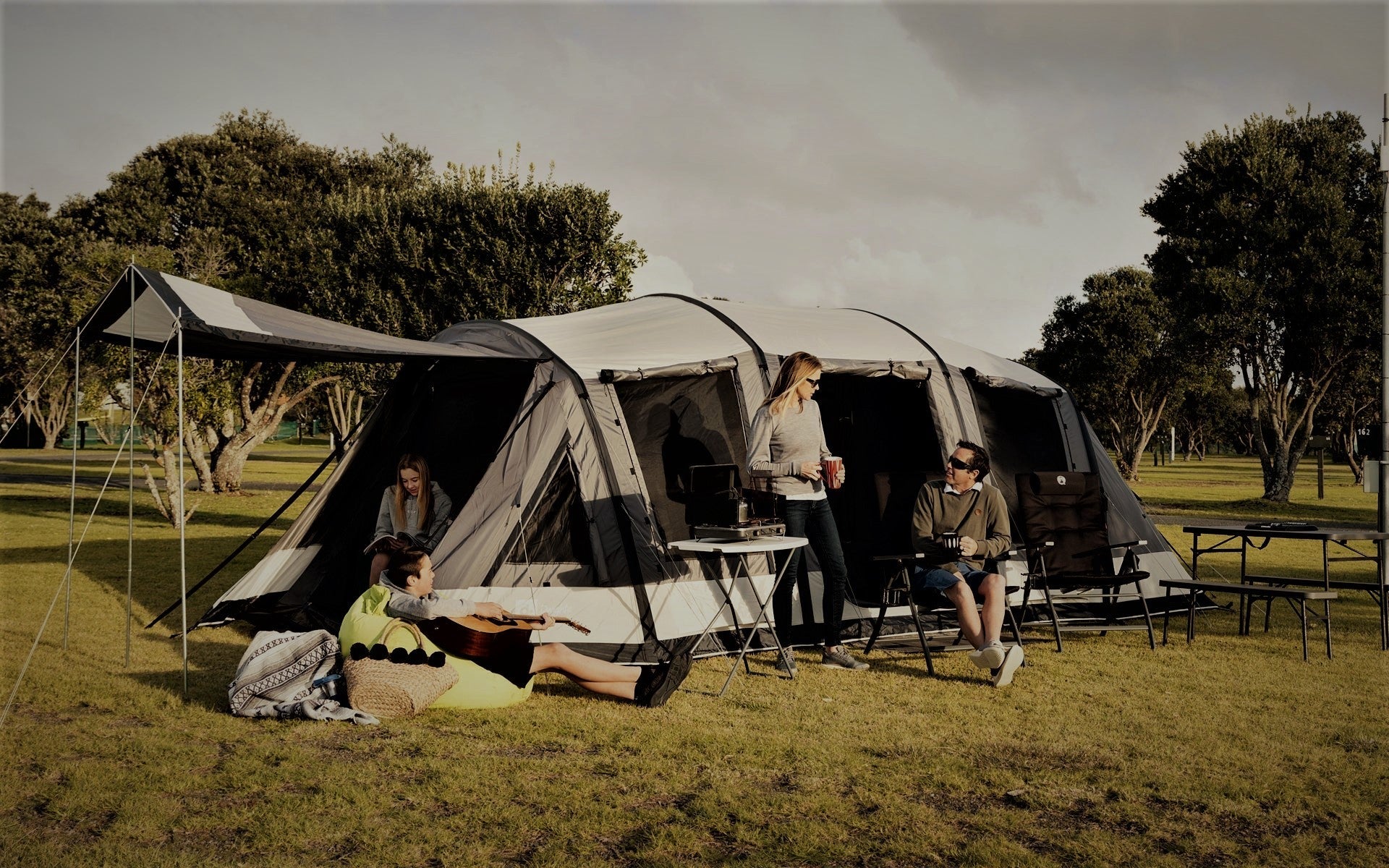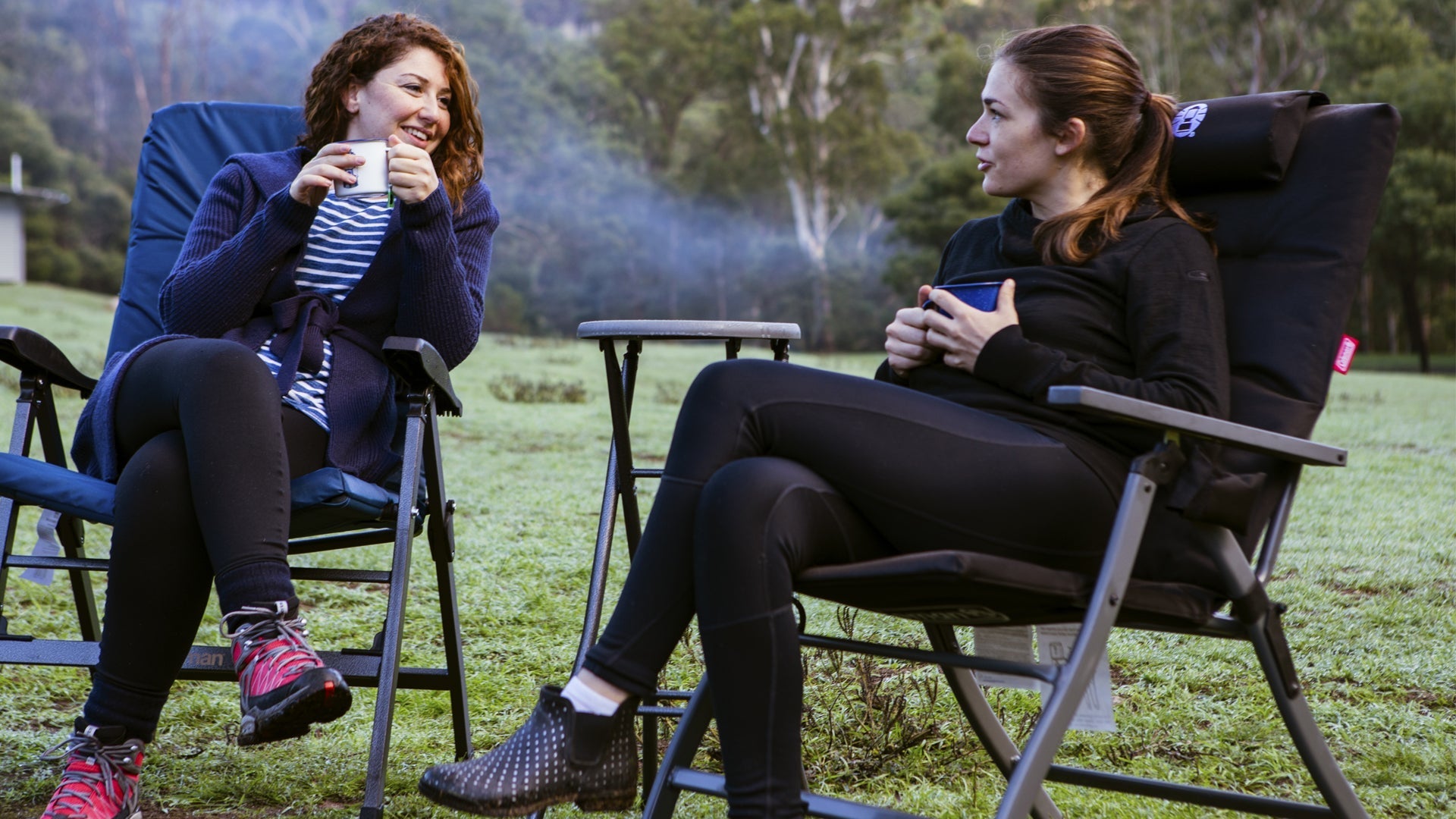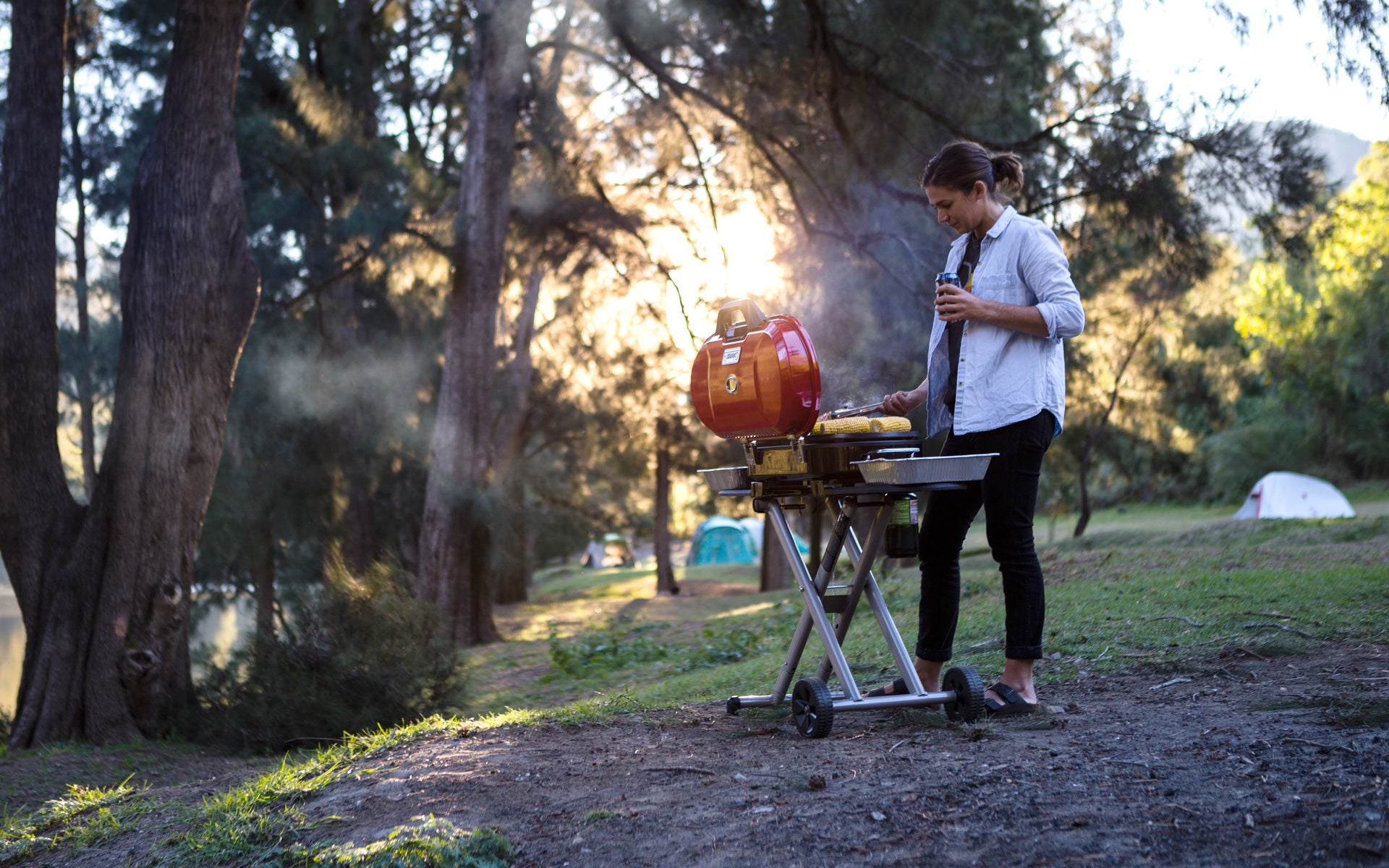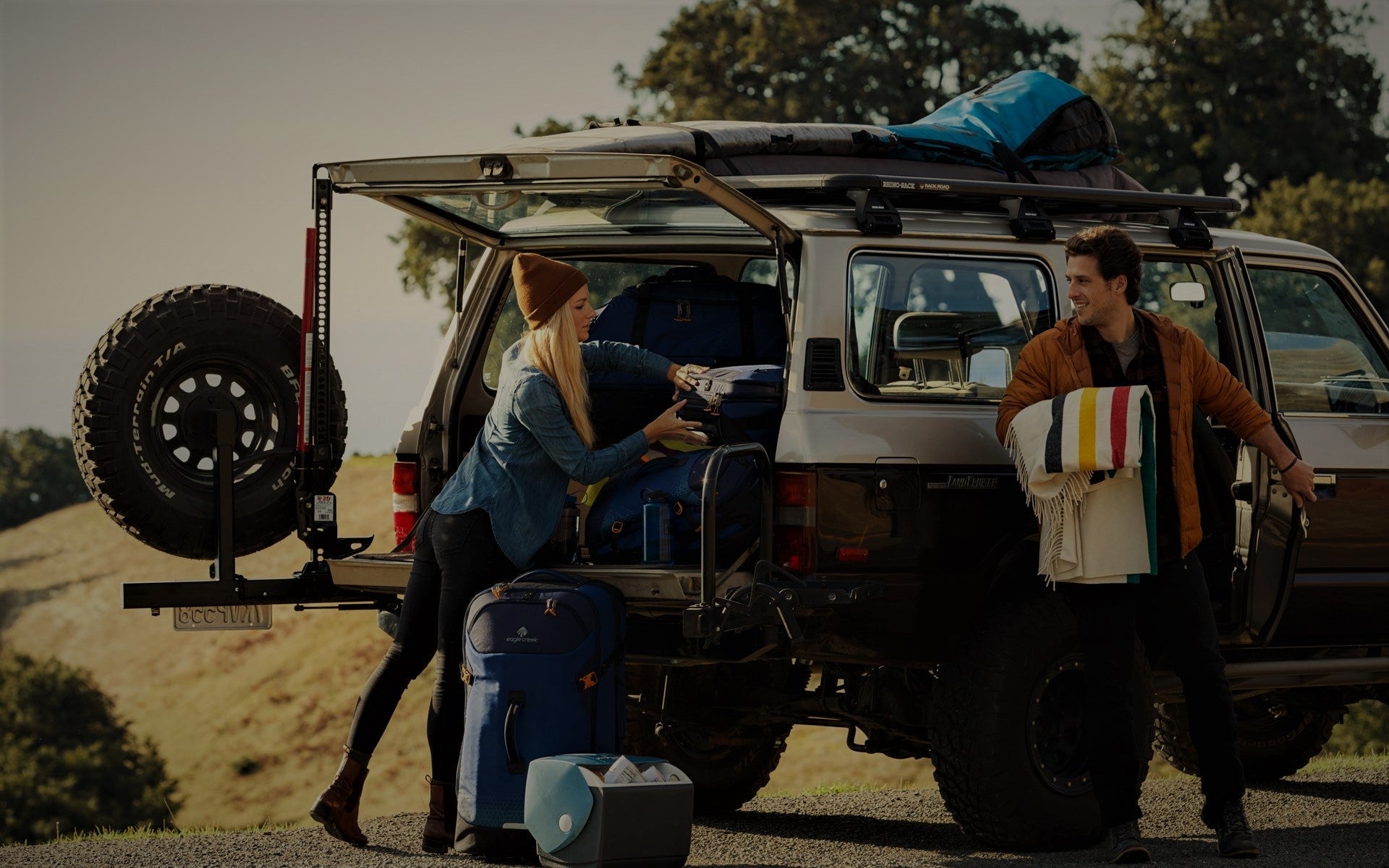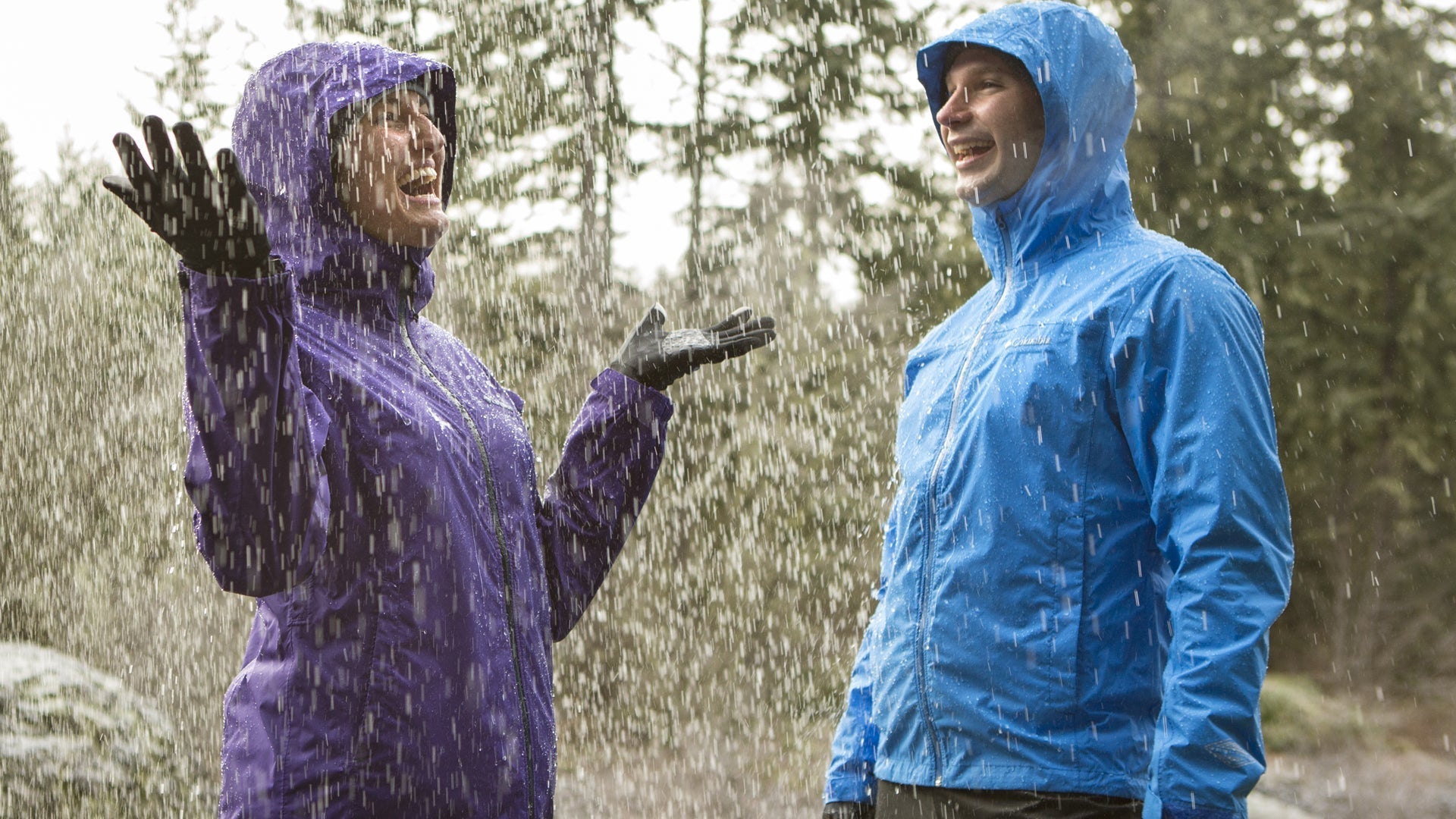Step Into the Great Outdoors with the Best Hiking Boots for Camping
Made with stability and support in mind, hiking shoes are ideal for harsh terrain conditions and protect one’s feet against bruising. The purpose of hiking boots is to provide comfort, safety, and traction on rough and slippery terrains. While hiking in the wilderness or on uneven trails, the wrong footwear can be downright dangerous. Hence, wearing the right shoes is important to ensure a safe and comfortable camping experience.
“Are hiking shoes necessary?” is a common query that most hikers have and there’s been a persistent debate on the same. While some claim hiking boots to be overhyped, many avid hikers recommend good hiking shoes for people planning to camp across multiple terrain conditions.
The available range of footwear options suitable for hiking is vast including the best hiking boots, lightweight trail runners, and sneakers. Hence, factors like the terrain conditions, number of camping days, previous ankle injuries, etc. play a vital role in determining the best hiking footwear for camping. People going for a quick, flat day hiking in outdoors can rely on trail runners and sneakers. However, those hiking in a more challenging and rough terrain must review their choice of shoe.
Why are Hiking Boots Essential for Camping?
Hiking boots are absolutely necessary while going on rough and uneven terrains. In technical landscapes with scree, mud, and creek crossings, regular shoes and sneakers can increase the chances of injury. Apart from being flexible, supportive, and comfortable, the hiking shoes must be stiffer to ensure increased protection and support. A good-quality hiking boot is both functional and suitable for responding to diverse changing surfaces.
Moreover, hikers fearing twisted ankles or having past ankle injuries rely heavily on hiking boots for support to their ankles and foot. Hiking boots are designed to offer high stability and be sturdy so that the wearer is not left helpless midway through the rough trail.
The shoes range from high to mid-cut styles with a shank placed in between the outsole and midsole. This unique construction of hiking boots keeps the feet dry and comfortable even if the trail is inches deep in mud. Also, while hiking on off-trails, the terrain conditions may worsen with the chances of insect & snake bites being high. To ensure safety and peace of mind in such situations, wearing the best hiking boots is the way to go.
Types of Hiking Boots for Camping
Unlike the widespread conception that hiking boots are bulky and heavy, the upgraded range of hiking footwear is lightweight and offers the highest ankle support. Thanks to the latest technologies and experts who have made hiking safe and fun at the same time with the range of new hiking boots.
Lightweight and increased comfort - the new hiking boots provide the same level of stability and protection. Broadly speaking, hiking boots for camping are divided into three categories i.e. lightweight, midweight, and heavyweight. This categorization of the shoes is done based on their ankle stability, weight, and level of foot support provided.
Let’s find out more about hiking boots in detail.
- Lightweight hikers - As the name suggests, the boots under this category are incredibly light and have lower ankle heights. Typically, these shoes are made of synthetic fabrics and the structure doesn’t include any rigid shank. These lightweight hikers are ideal for those accustomed to hiking shoes but would go for a little more support this time.
- Midweight hikers - What defines midweight hikers is their substantial construction which includes beefier soles and more durable uppers. These midweight hiking boots are the most popular choice among campers as they have the comfort of lightweight boots and the stability of heavy bulky boots. For campers carrying loads and hiking on rough trails, the midweight hiking boots are the best purchase.
- Heavyweight hikers - Heavyweight hiking boots are extremely durable and waterproof and made with full-grain leather uppers. Hikers that have had ankle injuries or fear getting one can go for heavyweight hikers as they provide optimum foot protection.
Summing up!
Camping or backpacking is a demanding activity where people are likely to encounter unanticipated crises and survival situations. And it is the feet that take the beating throughout the trip. Hence, it becomes essential to shield the feet and ankle regions with durable shoes. One of the foundation elements of a fun and comfortable camping trip is dependable footwear that will not only protect the feet on rough trails but also assure comfort to the wearer, such as hiking boots.
So, if you are planning to go camping or trek anytime soon, Dwight’s best hiking boots collection is worth checking out. Their expert-graded list of hiking boots is worth every penny you’d spend.
Frequently Asked Questions
What are the different types of hiking boots?
Typically, hiking boots are categorized into three groups namely lightweight, midweight, and heavyweight. As the name suggests, lightweight boots are extremely light and the structure involves no rigid shank whereas heavyweight boots are acutely bulky and assure maximum protection. Coming to midweight hiking boots, they are a happy medium between lightweight and heavyweight boots.
Is it better to have hiking boots too big or too small?
Well, bigger is usually better. As feet tend to swell during hiking, wearing boots that are half a size bigger will give your toes enough space to wiggle and breathe.
What kind of shoes will you be wearing for hiking and camping?
The type of shoes that one should wear for hiking and camping depends on the terrain conditions and the travel weight. For instance, regular sneakers and trail runners work fine for smooth terrain and dry weather conditions. However, when hiking and camping on rough terrains, wearing hiking boots is essential for protection and comfort.
What are the most comfortable shoes for hiking?
Again, preferences and comfort of hiking shoes differ depending on the terrain conditions and the number of days spent outdoors. If you are going for a day hiking or camping, trail runners might be the best option. However, if you are planning to take on rough trails and camp in the wilderness, it is important to have more durable and stiffer footwear like midweight or heavyweight hiking boots.


